39 human digestive system diagram with labels
Study.com ACT& Science Reasoning Test Prep: Interpreting Graphs and ... To interpret charts and graphs of scientific data, you should know the correct orientation of x- and y-axes, understand the trends of the chart, and answer the chart questions on your own. Omentum | Med-Health.net Omentum. The omentum is a part of the body that is found in your lower abdominal area. It is made up of two layers of fatty tissues and both supports and covers the organs and intestines found in this area of the body. There are two parts of the omentum, the greater omentum and the lesser omentum, which are responsible for storing fat deposits ...
Diagram of Human Heart and Blood Circulation in It A heart diagram labeled will provide plenty of information about the structure of your heart, including the wall of your heart. The wall of the heart has three different layers, such as the Myocardium, the Epicardium, and the Endocardium. Here's more about these three layers. Epicardium
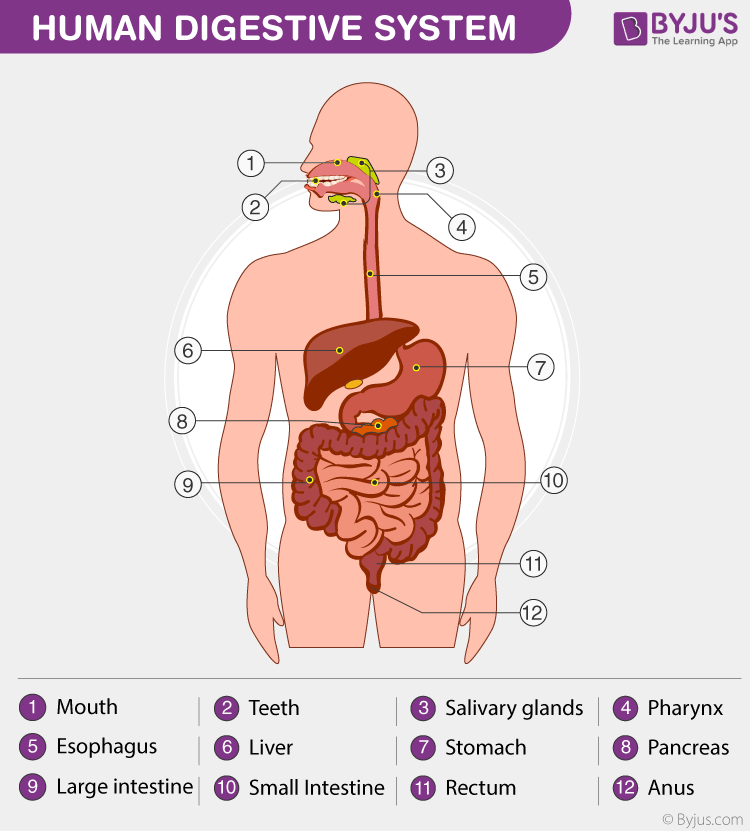
Human digestive system diagram with labels
Tongue Functions And The Roles It Plays | Colgate® The mouth is a busy place: speaking, breathing, chewing, drinking. While the teeth might be the all-stars of the mouth (Let's face it, you notice when someone has a shiny white smile or, unfortunately, when they need some dental work.), don't forget about the tongue. The tongue does all the thankless grunt work. In fact, tongue function is involved in quite a few mouth maneuvers. Human Muscles - Major Muscles, Structure, Fibre Types | TeachPE.com The shoulder joint, also known as the glenohumeral joint is a ball and socket joint and consists of the humerus (upper arm bone), clavicle (collar bone) and scapula (shoulder blade). The muscles which stabilize and enable movement of the joint are the pectoralis major, teres major, supraspinatus, deltoid and latissimus dorsi. Elbow Joint Muscles Digestive System (Theory) - Amrita Vishwa Vidyapeetham The digestive system is composed of the mouth, esophagus, stomach, small intestine, large intestine, rectum and anus and associated glands liver and pancreas. The digestive system obtains and processes food for the all of the cells in an organism. The stomach stores and macerates the food and begins the early phase of digestion.
Human digestive system diagram with labels. Kidney Structures and Functions Explained (with Picture and Video) Kidney Structure The bean-shaped kidneys have an outer convex side and an inner concave side called the renal hilus, where the renal artery, vein, and ureter are found. A thin connective tissue called the renal capsule surrounds each kidney. This capsule maintains the kidneys' shape and protects the inner tissues. Small Intestine: Function, Anatomy, and Treatment - Verywell Health The small intestine is made up of thee sections: the duodenum, the jejunum and the ileum. On its proximal (near) end, the small intestine—beginning with the duodenum—connects to the stomach. On its distal (far) end, the ileum—the last segment of the small intestine—connects to the large intestine (colon). Home - Biology - LibGuides at Trident Technical College 6-page laminated guide includes illustrated and labeled: Anterior Digestive System & Viscera Posterior Digestive System & Viscera Lateral Mouth & Tongue Mouth & Throat Muscles Mouth, Tongue, Taste Buds Tooth Cross Section Mouth & Salivary Glands Small Intestine (Schematic), Large Intestine Stomach, Stomach & Pancreas Lymphatics Large Intestine ... Digestive System MCQ [Free PDF] - Objective Question Answer for ... The human digestive system consists of two parts, the alimentary canal, and the associated glands. The mouth leads the food to be digested to the buccal cavity. The buccal cavity has a number of teeth and a muscular tongue. The uppermost part of the buccal cavity is called the palate. The digestion of carbohydrates begins in the buccal cavity.
Edmonda Pisano Draw a simple circle or oval for the cell membrane. How to draw plant cell step by step in easy way for beginners reading class 9 and 11. These can be found online, or . Draw a diagram of an animal cell and label at least eight organelles in it. Honey bee simple illustration new. Circulatory System Diagram | New Health Advisor There are different types of circulatory system diagrams; some have labels while others don't. The color blue stands for deoxygenated blood while red stands for blood which is oxygenated. Below you'll see diagram specified to the heart, as well as circulatory system diagram of the whole body: How Does the Human Circulatory System Work? 1. Heart Female abdominal organs stock photos and images (1,606) Infographics. Vector illustration on isolated background. Stock Photographs by mikrostoker 4 / 302 Normal and constipated bowel Stock Images by Blambs 5 / 762 Medical concept of uterine and abdominal pain with pain chain Stock Photography by megaflopp 0 / 0 Xray digestive system of female body Stock Photographs by pixdesign123 1 / 46 Bivalvia - Wikipedia Bivalvia (/ b aɪ ˈ v æ l v i ə /), in previous centuries referred to as the Lamellibranchiata and Pelecypoda, is a class of marine and freshwater molluscs that have laterally compressed bodies enclosed by a shell consisting of two hinged parts. As a group, bivalves have no head and they lack some usual molluscan organs, like the radula and the odontophore.They include the clams, oysters ...
How Do Cows Digest Food? - Silver Lake Farms Some bacteria, for example, are responsible for carrying out the digestion of starch, sugars, protein, and fiber. While some are in charge of keeping the rumen clean so that it doesn't become toxic. Protozoa are known to convert sugars to starch or to consume starch and cellulose. And, fungi can digest cellulose and break open the starch ... Tongue: Anatomy, Function, and Disorders - Verywell Health This differentiation is helpful to connect its structure to specific unique functions. The bumps on the tongue are called papillae (from a Latin root meaning "nipple") and these vary in shape and location and are associated with taste buds. The muscles within and surrounding the tongue control its movement. The Five Areas of the Tongue The Human Abdomen The Anatomy Of The Abdomen - ABDOPAIN.com The human abdomen is that part in the front of our body between the chest and the waist line. It is a cavity that contains many of the organs in the human body, including the liver, gallbladder, stomach, spleen, pancreas, kidneys, adrenal glands and bowels. Diseases affecting any of these organs could result in abdominal pain. Human Digestive System Structure & Function - TeachPE.com The following labelled digestive system diagram shows the location of the major organs involved. Digestive system facts I bet you didn't know. … At birth, we have about 10,000 taste buds on the surface of the tongue, in the throat, and on the roof of the mouth. It is a myth that the tongue is the strongest muscle in the body.
Mechanical and Chemical Digestion | New Health Advisor Mechanical and chemical digestion follows a simple pattern from the mouth through the intestinal tract. The following demonstrates the whole way that digestion actually works: 1. Mouth In the mouth, larger pieces of food are chewed into pieces by the teeth and by mastication. There are 32 adult teeth, each of which has a special purpose.
Anatomy Worksheets for Grades 9-12 - TeacherVision Popular Human Body Printables: Grades 9-12. Check out these human body printables to find great teaching ideas for high school science courses. Supplement your health and biology lessons with teaching resources on genetics, exercise, smoking, and AIDS. Create models of the immune response, blood, skin, and bones with hands-on science activities.
All organs human body illustrations and clipart (231) - Can Stock Photo Woman body, with bone skeleton and all interior organs. Stock Illustrations by Pixelchaos 11 / 4,419 Anatomy of the human body Drawings by SCHMaster 18 / 491 Human nervous system medical vector illustration diagram with parasympathetic and sympathetic nerves and all connected inner organs. Clip Art by normaals 12 / 219 Human nervous system medical vector illustration diagram with ...
Respiratory And Circulatory System Quiz With Answers The respiratory system is responsible for taking in oxygen and expelling carbon dioxide. Take this quiz on "respiratory and circulatory systems with answers" and gauge your conceptual knowledge of the topic. In your school, you also learned about the circulatory system and the blood vessels that help transport it across the body's parts. By taking the quiz below, you can see how much you know ...
Hypodermis (Subcutaneous Tissue): Anatomy and Function - Verywell Health The hypodermis is the bottom or inner part of the layers that make up your skin, which provides a barrier against fluids, infection, and trauma. These layers also include the epidermis (outer layer) and the dermis, the middle layer. 1 The hypodermis is also known as the subcutaneous layer or subcutaneous tissue.
small intestine | anatomy | Britannica small intestine, a long, narrow, folded or coiled tube extending from the stomach to the large intestine; it is the region where most digestion and absorption of food takes place. It is about 6.7 to 7.6 metres (22 to 25 feet) long, highly convoluted, and contained in the central and lower abdominal cavity.
Action potential - Definition, Steps, Phases | Kenhub An action potential is defined as a sudden, fast, transitory, and propagating change of the resting membrane potential. Only neurons and muscle cells are capable of generating an action potential; that property is called the excitability. This article will discuss the definition, steps and phases of the action potential.
The Human Skeleton - Diagram, Structure & Function - TeachPE.com The chest is made up of the Sternum in the middle and Ribs. Spine The spine has 5 regions; Cervical area (top 7 vertebrae), Thoracic (next 12), Lumbar (bottom 5 vertebrae), Sacrum (5 fused or stuck together bones), and Coccyx (the tiny bit at the bottom of the spine). Pelvic girdle The Ilium, Pubis, and Ischium together make up the pelvic girdle.
What Is the Order of Digestive System? | New Health Advisor The digestive tract is basically a series of hollow organs jointed in a twisting tube from the mouth all the way down to the anus. The mouth, stomach, esophagus, small and large intestines, anus and rectum are the hollow organs the GI tract is made up of. The solid organs of the digestive system are the liver, gallbladder and pancreas.
Skin Layers: Structure, Function, Anatomy, and More - Verywell Health Its thickness depends on where it is on the body. It's thinnest on the eyelids (roughly half a millimeter) and thickest on your palms and soles (1.5 millimeters). The epidermis is made up of five layers. Stratum Corneum The stratum corneum is the top layer of the epidermis. Its jobs are to: Helps your skin retain moisture
How Workplace Chemicals Enter the Body : OSH Answers The pharynx, which is the entrance to the airways, divides into two tubes, one called the esophagus, which carries food to the stomach, and one called the trachea, which leads down towards the lungs. Contaminated air passes into the trachea which itself divides into two large tubes, each called a bronchus. Each bronchus enters a lung.
Digestive System (Theory) - Amrita Vishwa Vidyapeetham The digestive system is composed of the mouth, esophagus, stomach, small intestine, large intestine, rectum and anus and associated glands liver and pancreas. The digestive system obtains and processes food for the all of the cells in an organism. The stomach stores and macerates the food and begins the early phase of digestion.
Human Muscles - Major Muscles, Structure, Fibre Types | TeachPE.com The shoulder joint, also known as the glenohumeral joint is a ball and socket joint and consists of the humerus (upper arm bone), clavicle (collar bone) and scapula (shoulder blade). The muscles which stabilize and enable movement of the joint are the pectoralis major, teres major, supraspinatus, deltoid and latissimus dorsi. Elbow Joint Muscles
Tongue Functions And The Roles It Plays | Colgate® The mouth is a busy place: speaking, breathing, chewing, drinking. While the teeth might be the all-stars of the mouth (Let's face it, you notice when someone has a shiny white smile or, unfortunately, when they need some dental work.), don't forget about the tongue. The tongue does all the thankless grunt work. In fact, tongue function is involved in quite a few mouth maneuvers.
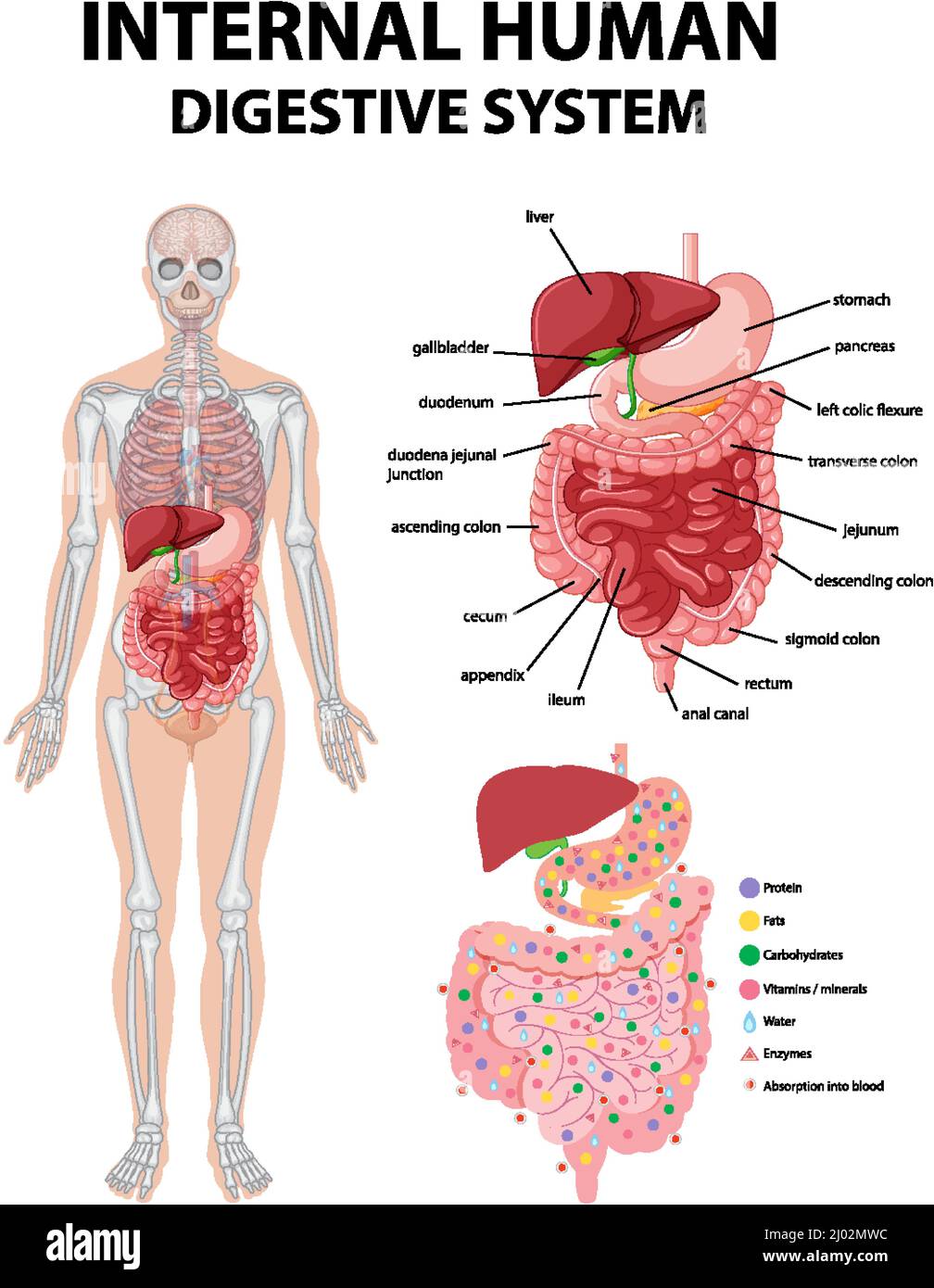




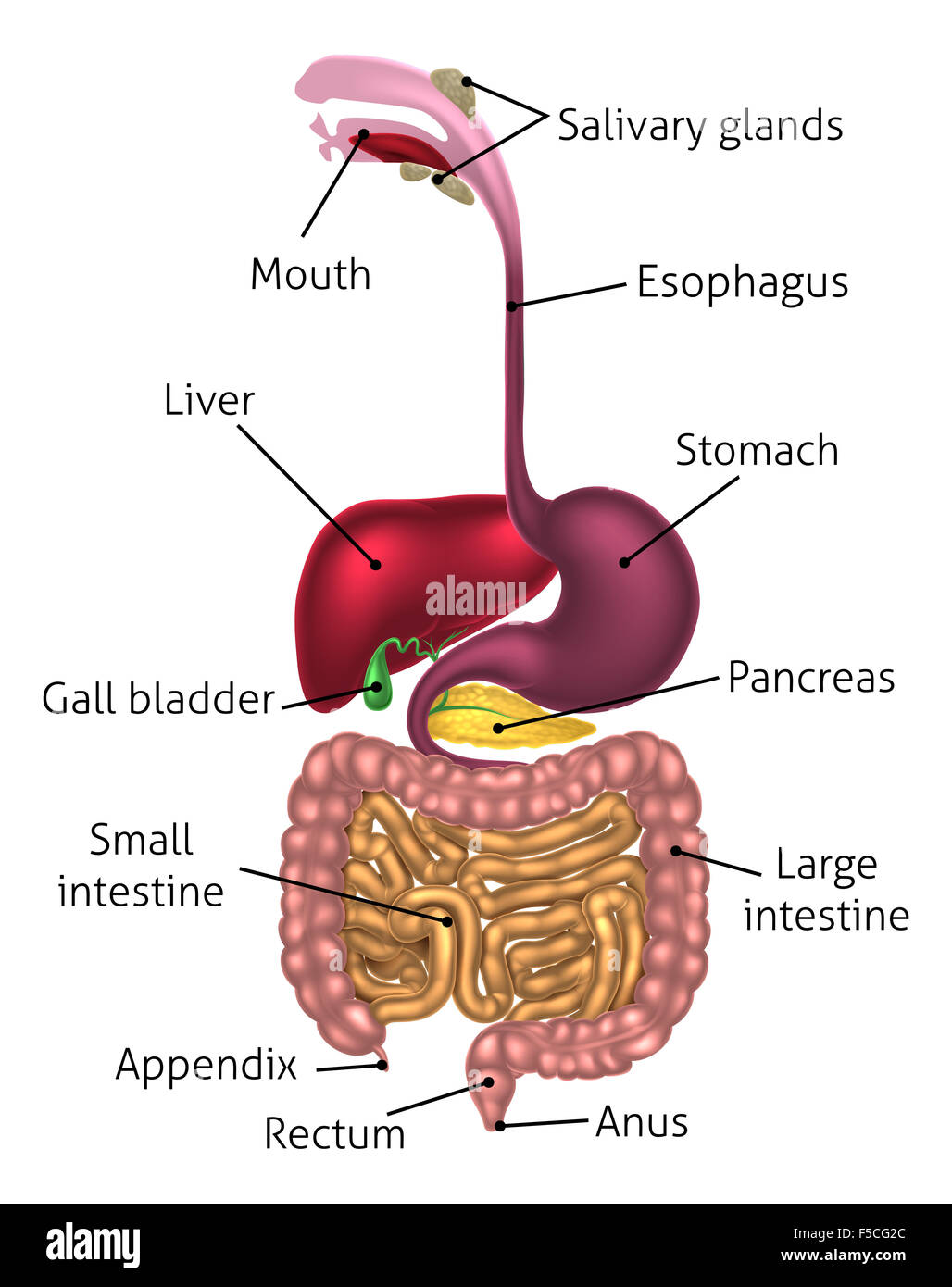


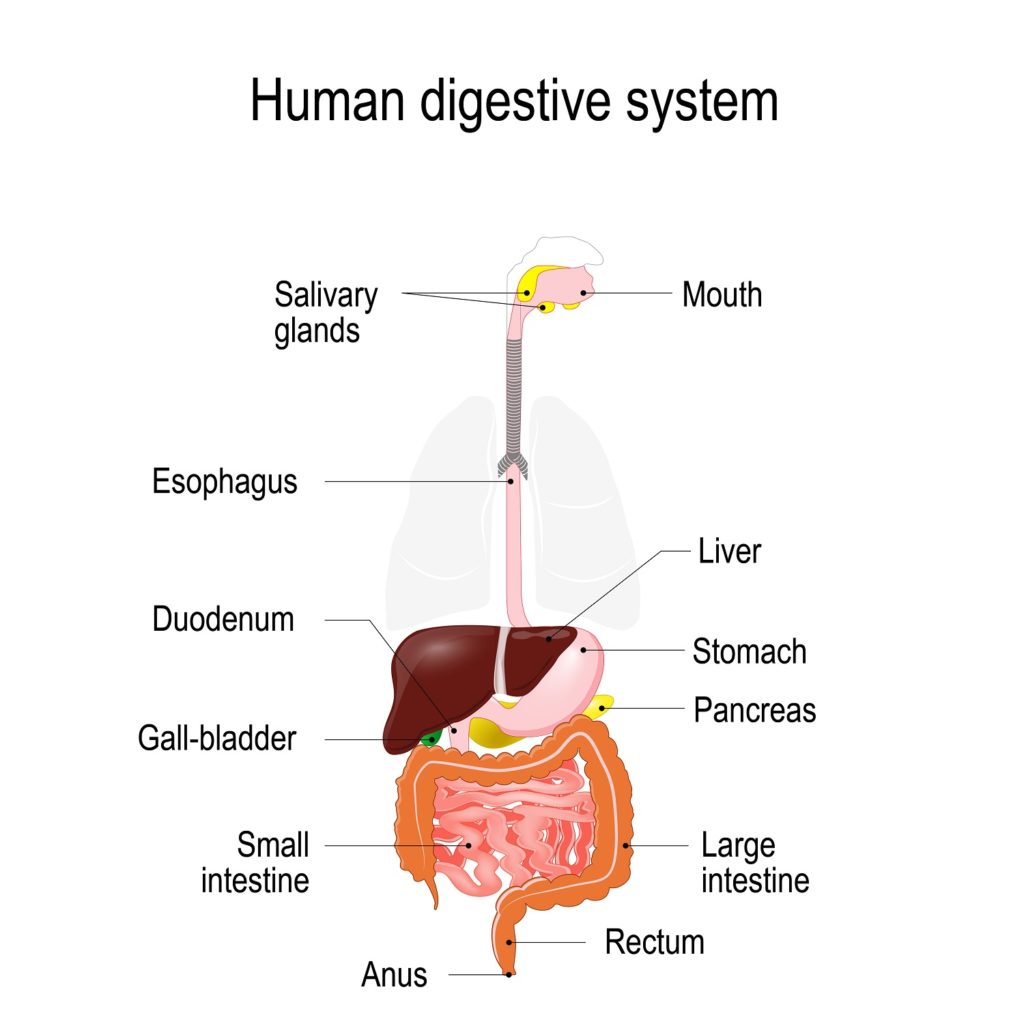
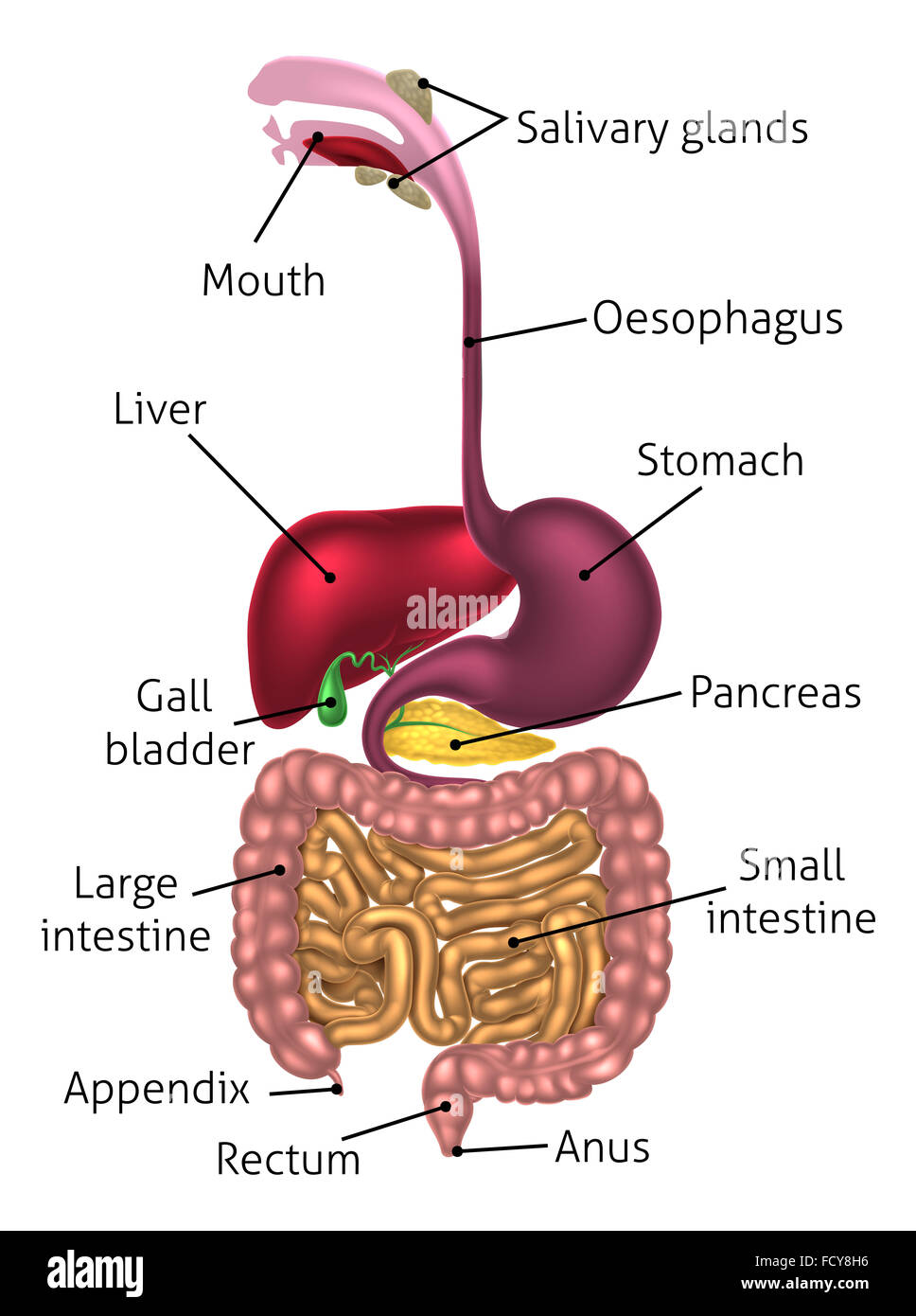

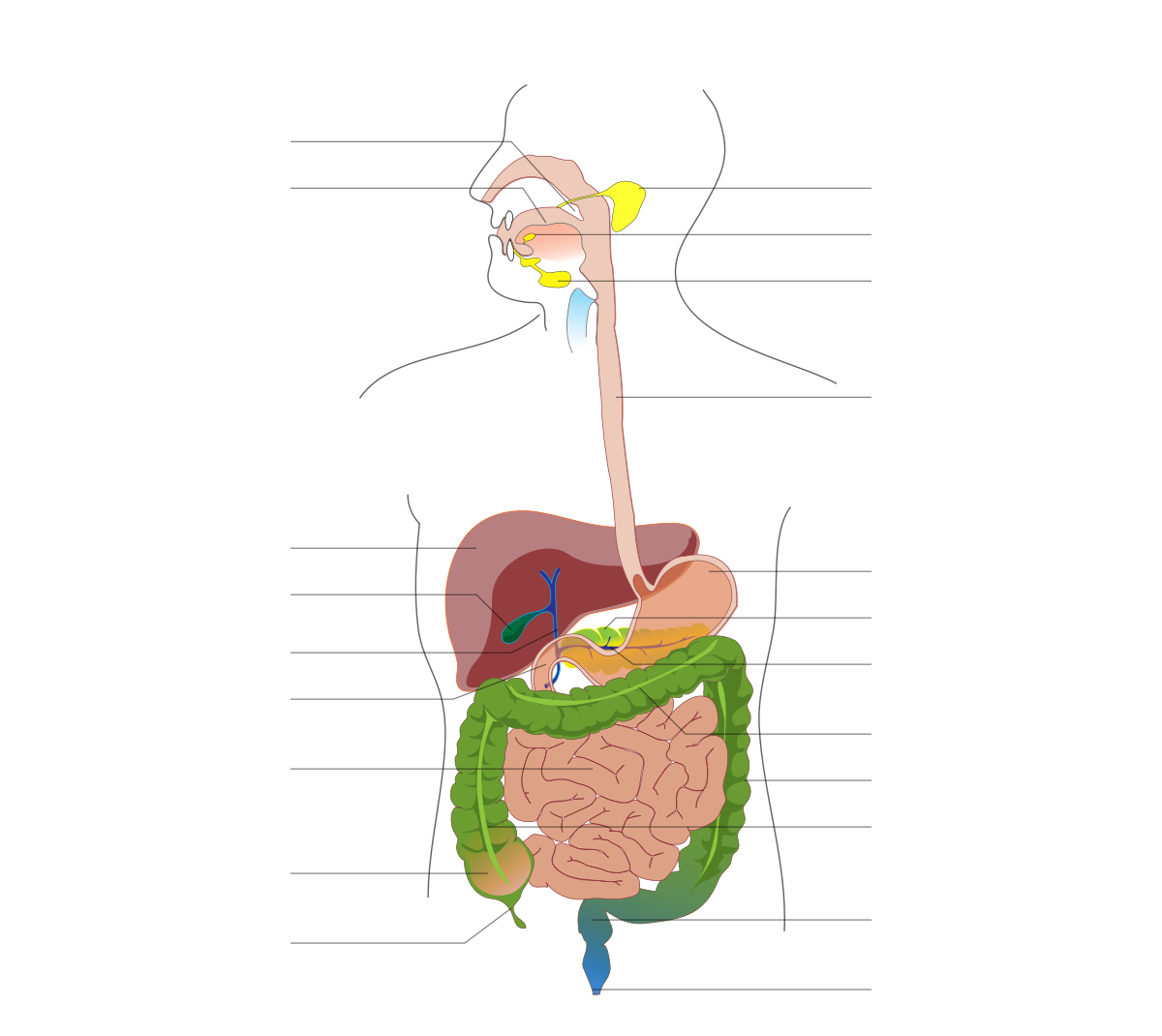

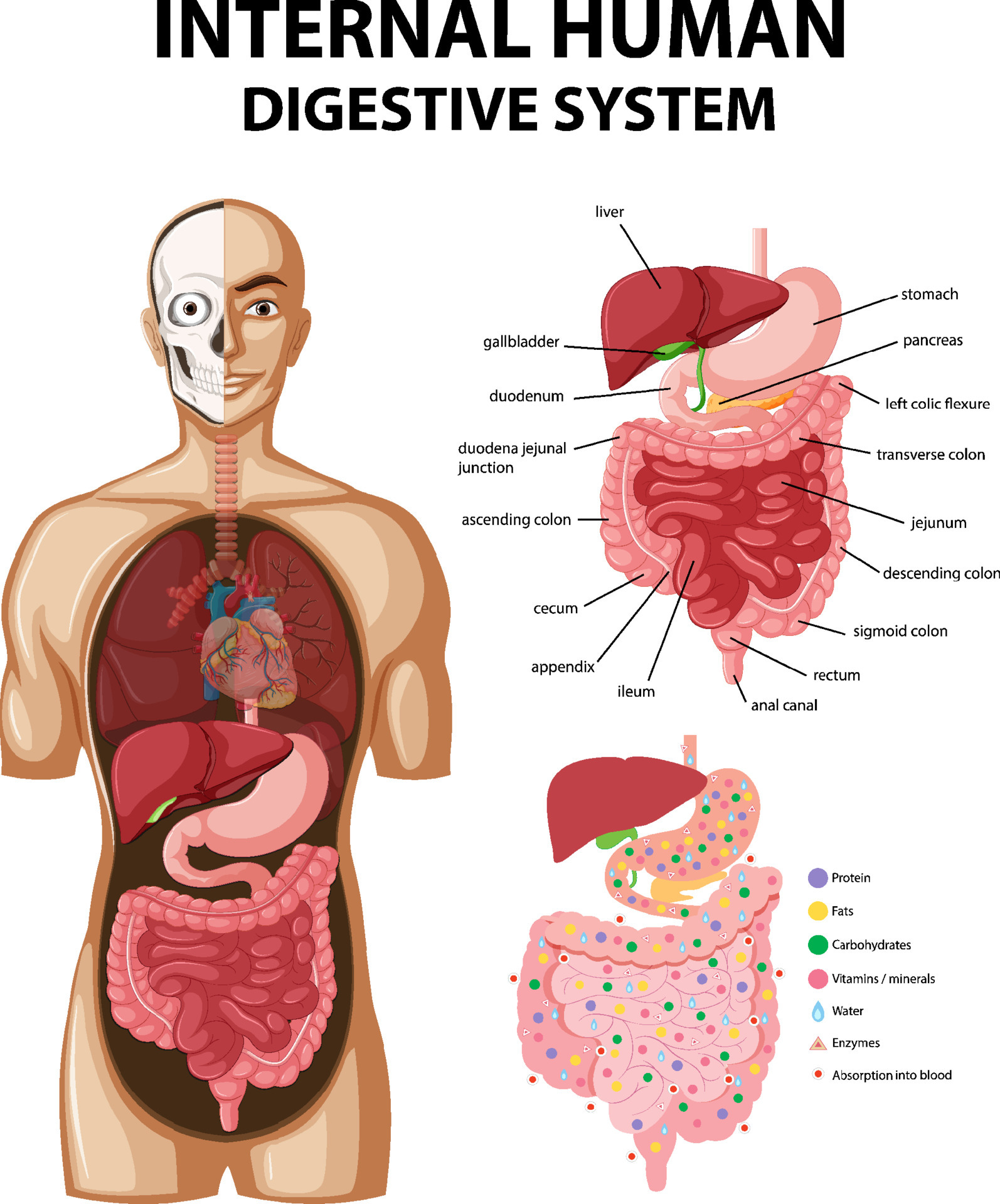
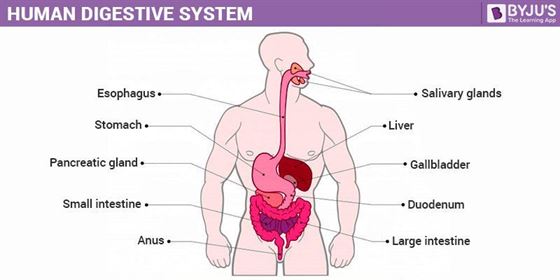
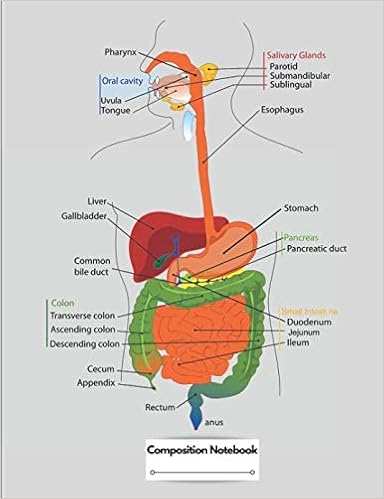


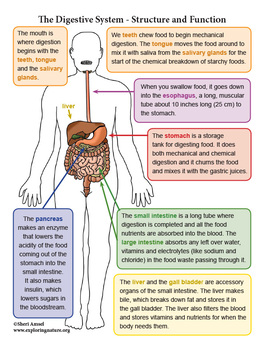




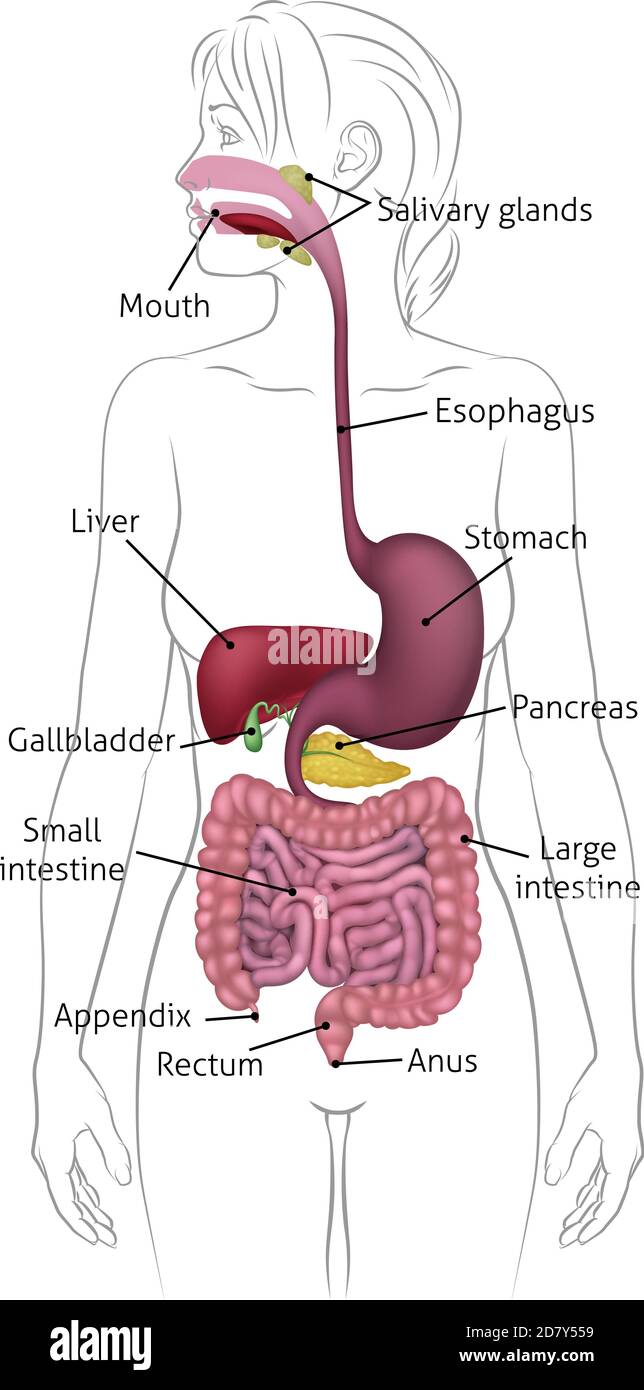

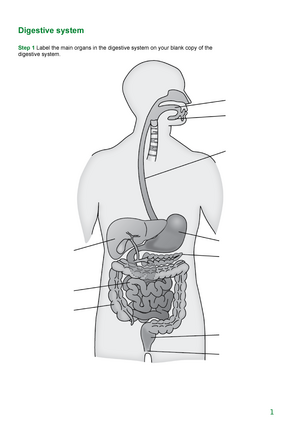

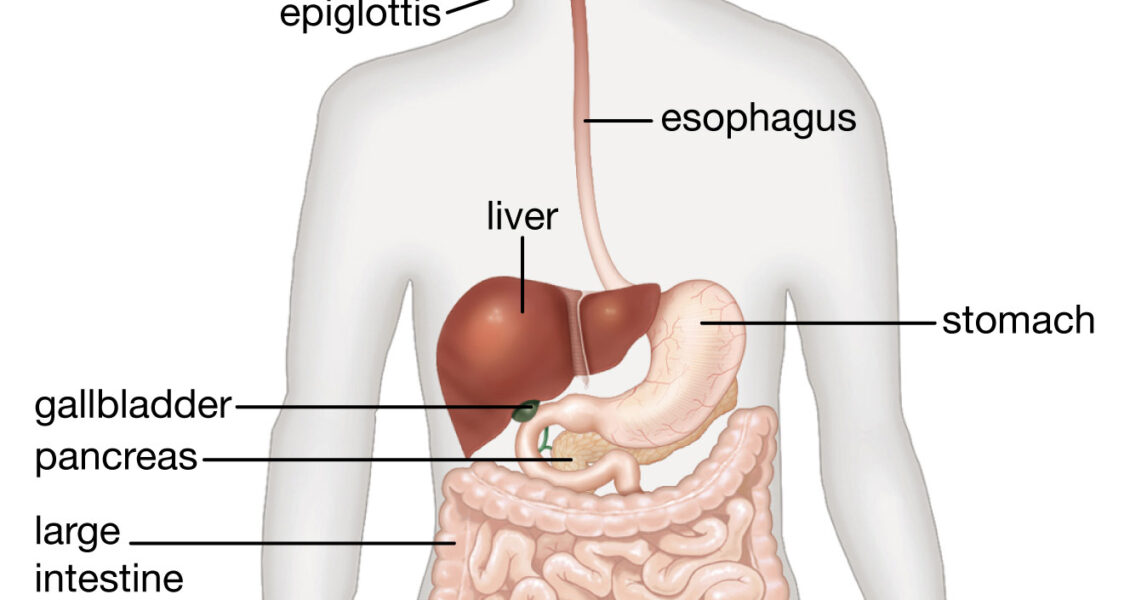
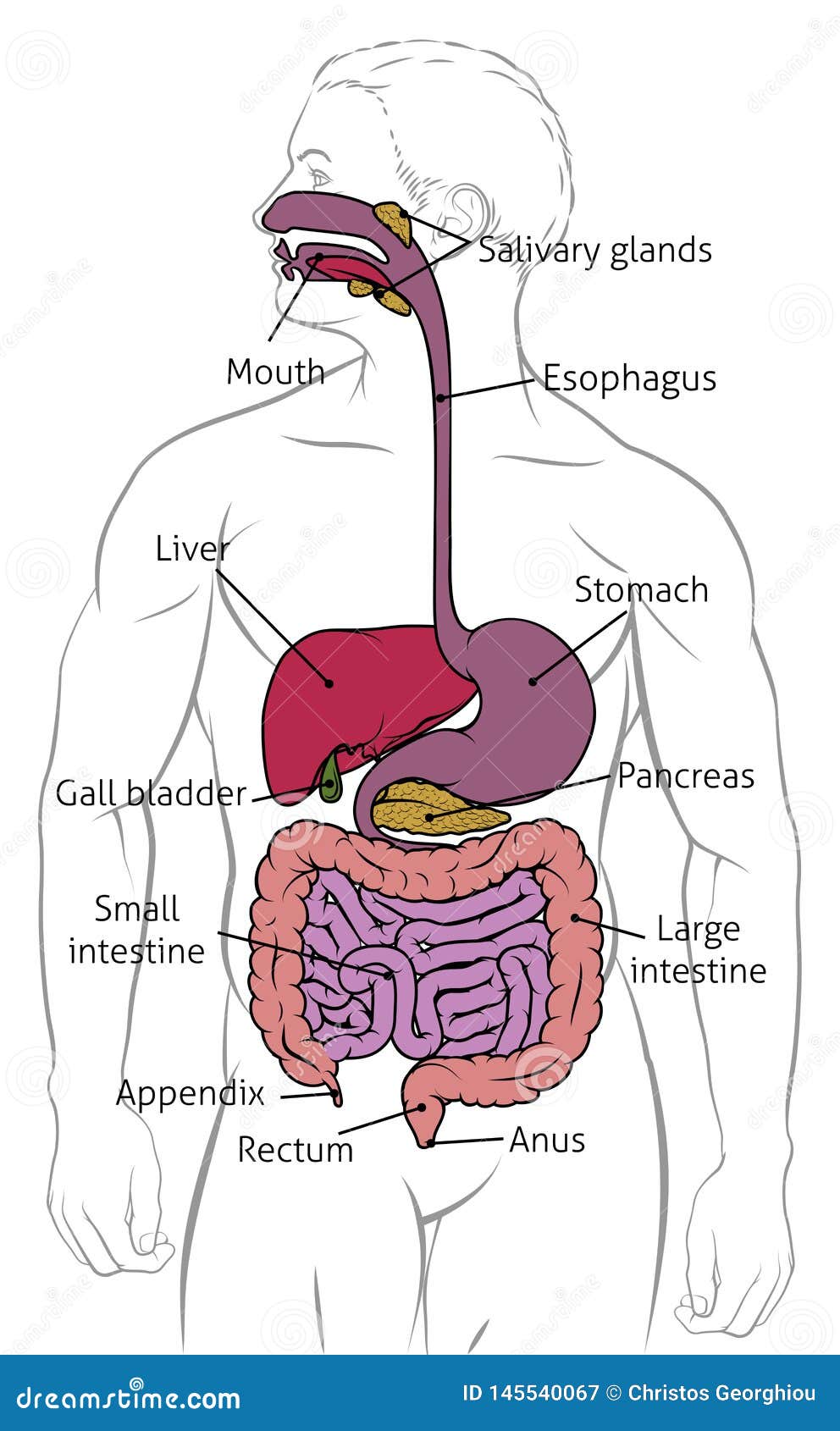


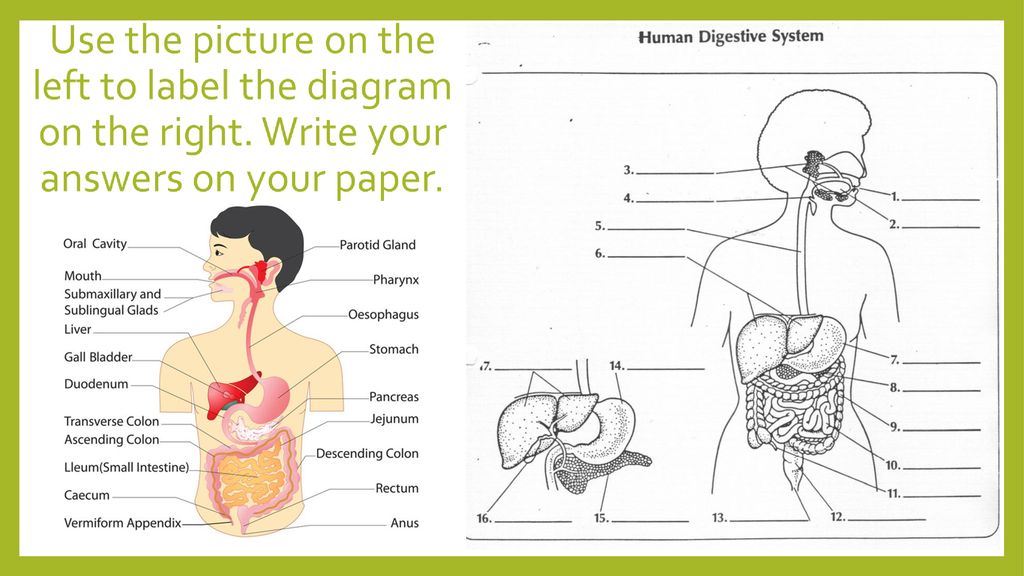






Post a Comment for "39 human digestive system diagram with labels"